nalco group
bone, muscle & joint pain physio
BOOK NOW / WHATSAPP ABOUT YOUR PAIN OR INJURY
- ORCHARD 400 Orchard Road #12-12 Singapore 238875
- TAMPINES 9 Tampines Grande #01-20 Singapore 528735
- SERANGOON 265 Serangoon Central Drive #04-269 Singapore 550265
Home > Blog > Physiotherapy > Osteoarthritis Physiotherapy > Conditions > Spine Pain > Spinal Osteoarthritis Physiotherapy
Spinal Osteoarthritis Physiotherapy
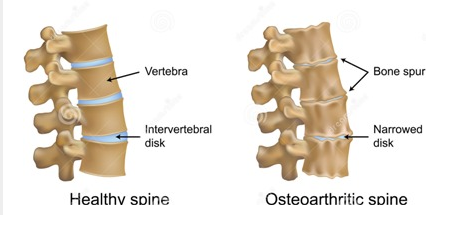
Osteoarthritis (OA) of the spine is a common painful condition of the back and neck that usually occurs with aging and is typically diagnosed after age 50.
Its causes include
- injury to the spine
- wear and tear on the discs of the spine (often associated with obesity)
- or an inherited tendency to develop OA
Unfortunately...sometimes the cause of spinal osteoarthritis is unknown.
OA of the spine may cause neck pain, back pain and joint stiffness, and make it difficult to bend over, perform weight-bearing activities, such as walking, and accomplish daily tasks such as dressing and bathing.
Our senior physiotherapists will help you manage your condition, lessen your discomfort, and get moving again.
Other Arthritis Resources:
What is Osteoarthritis of the Spine?
As we grow older, the intervertebral discs in our spine (gel-filled cushions between the bones of the spine) can
- wear
- narrow
- or begin to bulge (slipped disc or herniated disc)
These changes can put strain on the cartilage, ligaments, and joints at the involved level of the spine and may result in pain. The narrowing of the disc also results in narrowing of the space between the spinal joints, called the "facet" joints.
Weight-bearing forces on the joints increase because of these disc changes. As a result, the cartilage covering the joint surface can begin to fray and wear away over time. This wearing down results in back and neck osteoarthritis (OA).
As OA of the spine progresses, your body will try to repair it by growing new bone.
This bony growth is called a "bone spur." Bone spur development can result in a condition known as spinal stenosis. Most of the time, this painful spine condition affects men and women over 50 years of age.
If the spurs enlarge, they can create a narrowing of the spaces in the spine and this can involve small or large areas and can result in pressure on nerves near the involved joints, resulting in symptoms that may include
- pain
- tingling
- numbness
- or burning
How Does spinal osteoarthritis Feel?
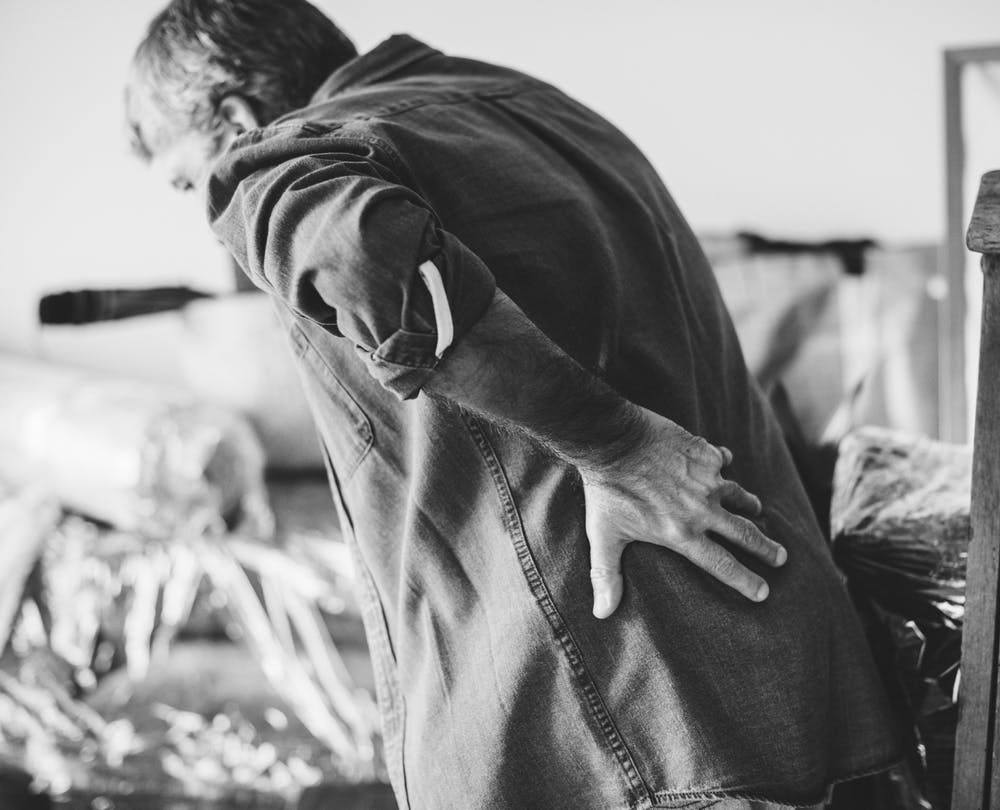
Symptoms of osteoarthritis of the spine vary from patients to patients and can range from mild to disabling. In some cases, patients may not have symptoms even though the condition is present. Its onset and progression can be quite slow.
With early or mild disease, symptoms may be intermittent.
You might feel joint stiffness or aching after sitting a long time, on waking in the morning, or after vigorous activity. You or your family may notice changes in your posture.
Some people will bend forward or shift to the side. With more advanced OA of the spine, symptoms will become more constant and tend to interfere more with your daily activities, especially with walking and standing.
Common symptoms of OA of the spine include:
- Back pain and/or neck pain
- Pain that is worse after prolonged inactivity, on getting up in the morning, or after physical activity
- Pain that worsens with standing and walking, and gets better with sitting or lying down
- Spinal joint stiffness after prolonged inactivity, on getting up in the morning, or with movement of the involved area of the spine
- With a more advanced condition, symptoms that do not improve with rest and that interfere with sleep
- Pain, burning, or tingling sensations that spread to the shoulder or arm, or to the buttocks or leg
- Difficulty performing normal daily activities, such as dressing and bathing, as well as walking and standing, as the condition progresses
How Is It Diagnosed?
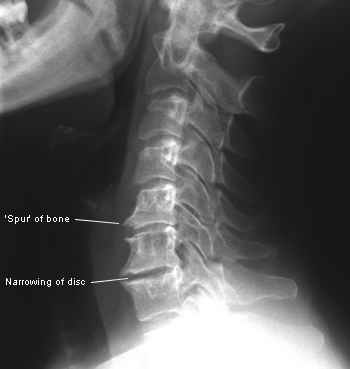
Our senior physiotherapists will perform a thorough evaluation and ask you questions in order to form a clear picture of your individual situation.
These questions may include:
- Your past and current health and use of medication
- How you are functioning in your daily life (You may be asked to fill out a questionnaire.)
- How your symptoms came about
- How long you have had symptoms
- Where the symptoms are located
- How and when pain occurs
We will then conduct a physical examination and may:
- Evaluate your posture and measure the range of motion of your spine
- Assess the movement of the spine and extremities (arms or legs) in the involved area
- Check your nerve function with reflex, sensation, and strength testing
- Observe how you move during commonly performed activities
- Check your balance to determine your risk of falling
The information learned in your evaluation will help ust prescribe a program to ease your discomfort, boost your quality of life, and get you moving your best.
If we suspects that your pain might be caused by an underlying condition, he or she may request imaging testing such as
- X-rays
- computed tomography (CT) scans
- and magnetic resonance imaging (MRI)
from your doctor.
We may also refer you to your physician for further evaluation. We will work with your physician to provide the best diagnosis and treatment.
how our senior spinal physiotherapists can help you
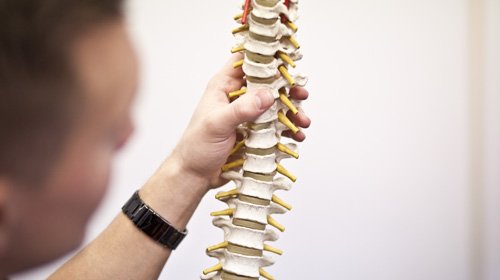
We will help you set goals to reduce your symptoms and slow the progression of the disease. You'll learn how to safely exercise and continue to participate in your normal daily activities.
We can help with a variety of treatment options, including:
Exercise
Exercise is the most important treatment to lessen your pain and improve your mobility. We will prescribe specific low-impact activities that will strengthen your spine, abdomen, and hip muscles—to improve your ability to stand, walk, and balance, and lower your risk of falling.
Caution: Please consult your our senior physitherapists or doctor before starting any exercise program.
Stretching
We will prescribe specific stretching exercises for your spine, arms, or legs based on the results of your initial evaluation. Obese individuals are in special need of stretching and exercises. Combined with strengthening, stretching physiotherapy exercises may help slow the progression of the disease.
Symptom management
Symptom management means learning to feel better and remain active. Sometimes people are fearful that increased activity will worsen their symptoms or increase their pain.
We will help you learn how to be more active without worsening your symptoms. We will help you find your appropriate activity levels, and develop a unique program to keep you moving.
Daily activity training.
We can teach you how to get in and out of bed, in and out of the bathtub, or out of a chair, and how to bend and walk with more ease.
Use of modalities
Physitotherapy treatment treatment modalities, such as
- cold therapy
- heat therapy
- ultrasound therapy
- computerized spinal decompression traction
- radio-frequency Indiba physiotherapy
- deep tissue release
- joint mobilization
- dry needling
- stretching exercises
may be used to help manage your symptoms.
Manual therapy
We may use gentle hands-on techniques (manual therapy) to help improve your spinal flexibility and ease joint stiffness.
Balance and walking training
Exercises and instruction may be used to safely improve your balance and reduce your risk of falls.
Specialized braces or taping
We may use taping or specialized braces to help support your joints. Back bracing may be used in more advanced conditions.
Weight control
If you are obese, you are likely to have more spinal impairment in your upper back. Our senior physiotherapists can help you improve your activity levels, and refer you to our in-house nutritional experts.
All cases of spinal osteoarthritis are different. We will choose the best treatment options for you based on their evaluation of your specific problem.
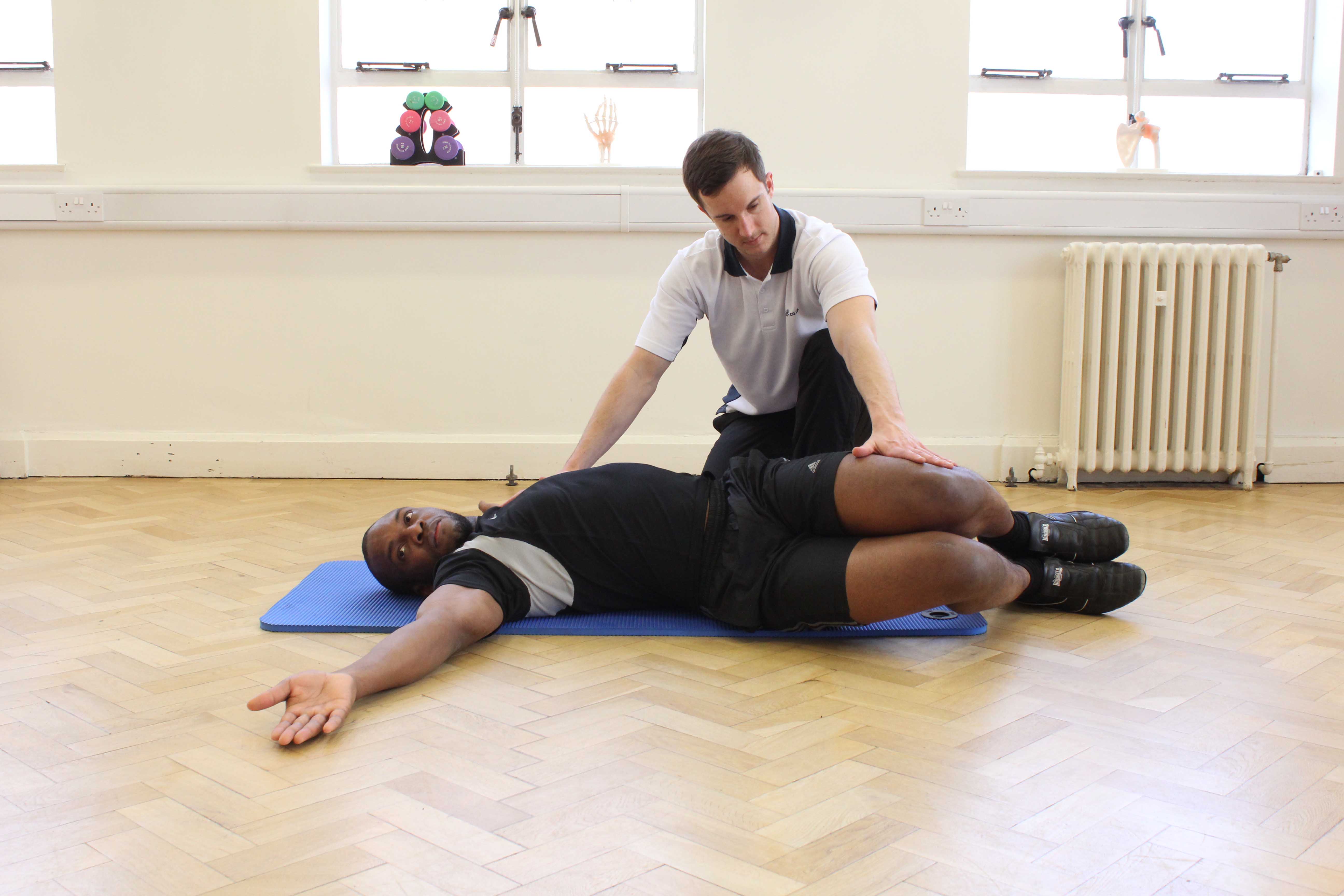
Following Surgery
The predominant treatment for osteoarthritis of the spine is nonsurgical.
That being said, symptoms that interfere with bowel or bladder function and cause problems with the nervous system may require immediate treatment and even spinal surgery.
Immediately after surgery, our senior physiotherapists will visit you in the hospital to help you get out of bed and walk, and possibly use a cane or walker for safety. When adequate healing has occurred, you will be sent for outpatient physical therapy in our physio clinic to
- continue to improve your walking
- and to provide you with an exercise program to safely improve your specific condition.
